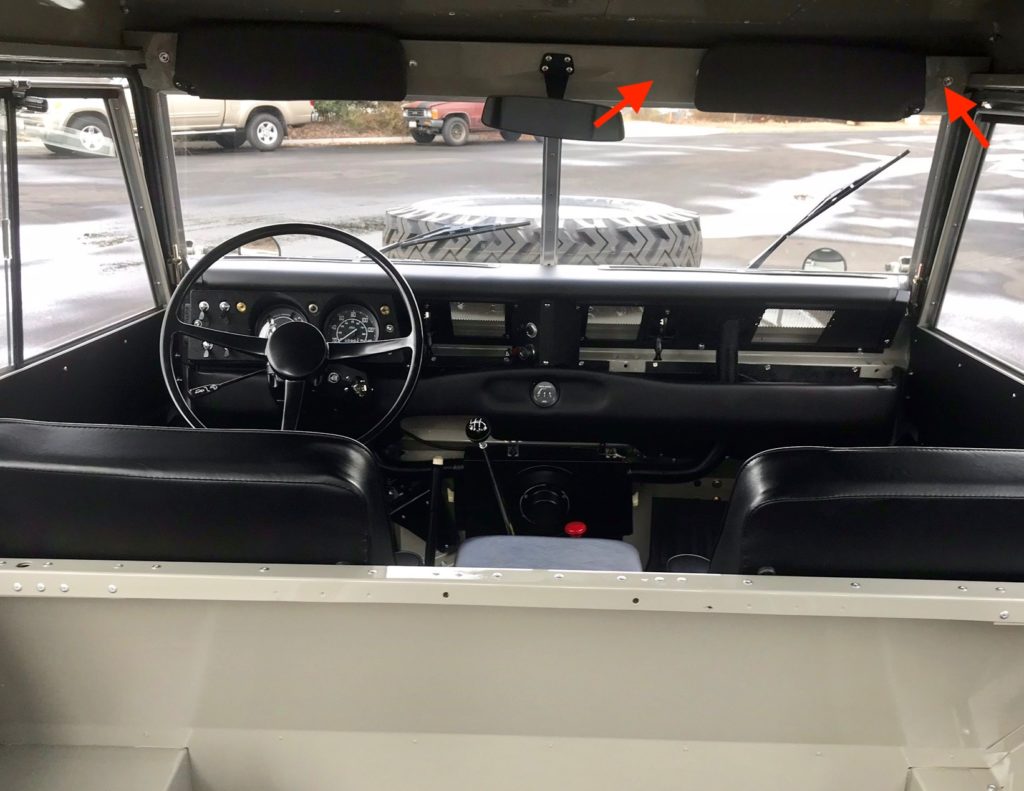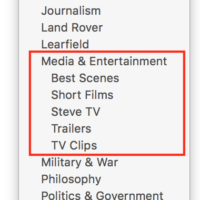As far back as Taxicab Confessions I remember wondering what sort of little cameras they used to get the candid video. Not GoPro cameras. In-car video has become common (Comedians In Cars Getting Coffee, Carpool Karaoke, etc) but I’d be surprised if they were using these tiny, inexpensive cameras.
I thought it might be fun to keep one of these in the Land Rover. (Don’t ask me why. If I knew when I hit the buy button it has escaped me now.) I’ve always been impressed by the quality of the videos folks got with these and propping up my iPhone never worked the well for me. The GoPro is well designed for this task.
These are really pretty amazing. I can control the camera with an app on my iPhone or even configure for voice commands. In the next few days I want to try the looping feature which is — I assume — how people get all the insane dash-cam videos.
A few people have pointed out the camera angle is too low. No doubt. The Land Rover will have many more placement options.


